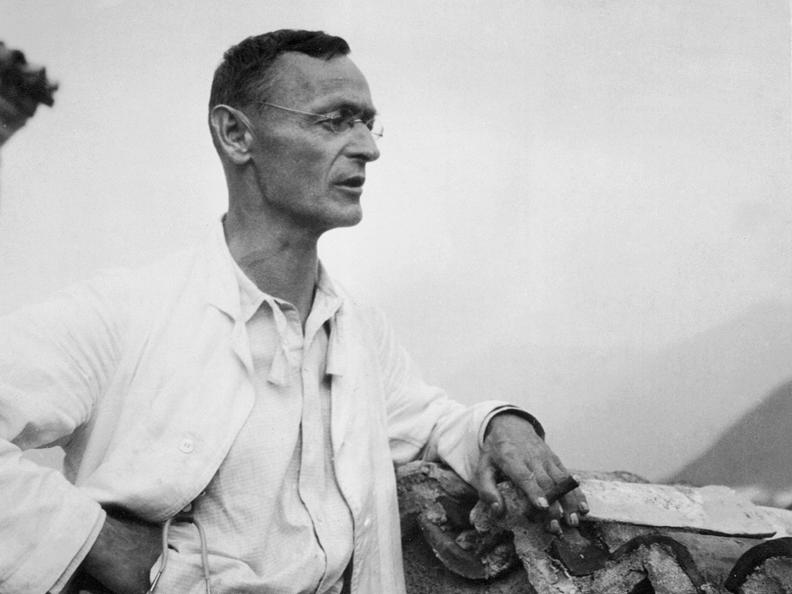On September 6, 1911, Hermann Hesse boards the "Prinz Eitel Friedrich" in Genoa in the company of his friend, the painter Hans Sturzenegger, to travel to India, the country in which his grandparents, his father and his mother worked as missionaries. In actual fact, however, it turns out to be a trip not to India but to Indonesia: Penang, Singapore, Sumatra, Borneo, and Burma.
The three-month itinerary touches the Indian subcontinent only peripherally. The ship does dock in Ceylon, where Hesse goes ashore, visits the sacred Buddhist shrines at Kandy, and climbs the highest mountain, yet the original plan to see the Malabar Coast comes to nothing. The educational trip to the Far East takes place at a time of reorientation. At home in Gaienhofen, where his third son, Martin, had just been born, Hesse feels increasingly estranged and ill at ease, and is gripped by wanderlust and a sense that a new phase in his life is about to begin. He dreams of a bachelor life. Yet the journey to India is a disappointment. The idealized image of India. as shaped by the stories told by grandfather Hermann Gundert, proves to be elusive. He is, in fact, even disgusted by the reality of what he sees - the heat, the dirt, the colonialism, the social conditions, the obsequious nature of the Malays. The Chinese are the only people to command his respect. The journey finds its first literary expression in the book entitled Aus Indien, which is published in 1913. Years later, Hesse confesses that he not only failed to encounter India during the trip to Asia but that he did not experience any sense of inner liberation either. In a 1919 letter, Hesse writes: "For many years, I have been convinced that the European spirit is on the wane, and is in need of a return to its Asian roots. I have admired Buddha for many years, and have been reading Indian literature since my earliest youth. Later, I became more familiar with Lao Tsu and the other Chinese philosophers. My journey to India was but a small addition to, and illustration of, these thoughts and studies." For Hesse, the real fruits of this journey did not emerge until the publication of Siddhartha in 1922.


 English
English  Italiano
Italiano  Français
Français  Deutsch
Deutsch 